How Does a Weed Grinder Work? The Complete Guide You've Been Looking For 🌿

Ever try breaking stuff up with your hands and end up with sticky fingers and chunks everywhere? Yeah, we've all been there. Or maybe you've tried rolling something with uneven pieces and watched it burn like a campfire gone wrong. Not exactly the vibe you're going for, right?
That's where a solid grinder becomes your best friend. You probably use yours all the time without thinking twice about it—just twist, grind, done. But there's actually some legit engineering magic happening inside that little metal puck. Understanding how your grinder works? Game changer. You'll get better grinds, your grinder will last longer, and honestly, you'll just appreciate it more.
So grab your weed grinder and let's dive into what makes these things tick. Whether you just picked up your first one or you've been grinding for years, I guarantee you'll learn something new here. Let's get into it.
What Exactly Is a Weed Grinder? 🤔
Alright, basics first. A weed grinder—some people call it a herb grinder, mill, crusher, whatever—is this handheld tool that breaks down your flower into smaller, consistent pieces. Most of them are round, about the size of a hockey puck, though they come in different sizes depending on what you need.
The whole idea is simple: get an even grind so everything works better. Whether you're rolling, packing, or doing whatever else, consistency is key. When everything's ground to the same size, it burns evenly, you get better airflow, and nothing goes to waste. That's the difference between a smooth experience and fighting with your setup the whole time.
Here's something most people don't think about though—grinding isn't just about speed. Sure, it's way faster than picking things apart by hand (and way less messy). But when you grind properly, you're creating uniform pieces that heat evenly. Plus, all those good compounds stay where they should be instead of getting stuck to your fingers. Science is cool like that.
The Secret Mechanics: How Grinders Actually Work ⚙️
So here's where it gets kinda interesting. The way grinders work is actually pretty clever once you see what's happening.
The Basic Grinding Action 🔄
Think of it like a little mill for your flower. You've got two pieces with sharp teeth that fit together like puzzle pieces. When you twist them in opposite directions, those teeth slide past each other—kind of like scissors—and anything caught between them gets sliced up.
The key thing? They're cutting, not smashing. That matters because crushing would damage everything, make it all sticky, and just create a mess. Good grinders slice clean through, keeping quality intact while breaking everything down nice and even.
The Physics Behind It 🧪
There's actually some cool physics happening here. When you twist, you're creating a shearing force from the teeth cutting AND a tumbling action as pieces move around inside. The teeth grab pieces from different angles, breaking them down a little more with each twist.
Usually takes about ten to fifteen good twists to get the job done. You'll feel it fight you at first—that's normal, the teeth are working through the denser stuff. As things break down, it gets smoother. When the twisting feels easy? You're done.
The Flow-Through System 💨
Multi-piece grinders have this smart design where there are holes between the grinding chamber and collection chamber. Once pieces are ground down enough, gravity pulls them through those holes into the chamber below. This does two things: stops you from over-grinding (since pieces that fall through are safe from the teeth), and keeps your collection chamber filled with perfectly-sized material. Pretty clever, right?
Breaking Down the Anatomy 🔍
Let's pop open a typical four-piece grinder and see what each part actually does. Understanding this stuff helps you use your grinder way better.
The Lid 🎩
Top piece, super straightforward. It's got teeth on the bottom and usually connects magnetically or with threads. A good lid fits tight, seals in the smell, and keeps everything contained while you're twisting away.
The Grinding Chamber 🏠
This is where the magic happens. It's the piece under the lid with its own set of teeth that mesh with the lid's teeth. The bottom has holes punched in it that let ground material fall through. Those hole sizes? That's what determines if you get a fine or coarse grind.
The Collection Chamber 📦
This middle piece catches everything you just ground up. Smooth walls, easy to scoop from. On four-piece grinders, there's a mesh screen at the bottom that filters out the superfine stuff.
The Kief Catcher 💎
Bottom chamber, and honestly? This is the treasure chest. That mesh screen only lets through the tiniest, most potent particles—what we call kief. Over weeks and months of regular use, you'll build up a nice stash of this golden powder. It's basically free bonus content for just using your grinder normally. We'll get into kief more later, but just know this chamber is pure gold.
Different Types of Grinders (And Which One's Right for You) 🎯
Grinders come in different styles, and picking the right one makes a real difference. Let's break down your options.
Two-Piece Weed Grinders ✌️
Simplest setup ever. Lid plus grinding chamber—that's it. Everything stays in one chamber with the teeth until you dump it out.
Perfect for: Anyone who wants simple and portable. Cheap, fits in your pocket, gets the job done.
The catch: No kief collection, and you gotta scrape material out from between the teeth. Kinda tedious.
Three-Piece Weed Grinders 🥉
Steps it up with the lid, grinding chamber (with holes), and a collection chamber. Ground stuff falls into its own space for easy access.
Perfect for: People who want convenience without complexity. You get separated storage but keep it simple.
The catch: Still missing out on kief collection.
Four-Piece Weed Grinders 🏆
The real deal. You get the whole package: lid, grinding chamber, collection chamber with mesh screen, and kief catcher. This is what most people use once they know what's up.
Perfect for: Anyone serious about their setup. The kief collection alone justifies it, plus everything's organized perfectly.
The catch: Bigger, costs more, more parts to clean. But worth every penny.
Five-Piece Weed Grinders (And Beyond) 🚀
Some grinders go even further—five pieces or more, usually with extra storage chambers or multiple kief screens for different filtration levels.
Perfect for: Collectors who want maximum organization and next-level kief separation.
The catch: Can be overkill unless you're really into it, plus more stuff to maintain.
Electric Weed Grinders ⚡
Press a button, let the motor do the work. These use motorized blades or mechanisms to grind automatically.
Perfect for: People with hand issues, or anyone grinding large amounts regularly.
The catch: Expensive, need batteries or charging, can over-grind if you're not careful. Also harder to clean.
Why Teeth Design Actually Matters 💎
Most people never think about this, but the shape of your grinder's teeth makes a huge difference. Different shapes = different results.
Diamond-Shaped Teeth 💠
Most common style out there. Sharp, pointed edges that slice through stuff efficiently. The points give you clean cuts and consistent results.
Why they're great: Fast, versatile, and they balance fine and coarse grinding perfectly. Handle sticky material well and rarely clog up.
Shark Tooth Design 🦈
Curved, aggressive edges that look like—yep—shark teeth. Built for tougher, denser material.
Why they're great: Perfect for sticky stuff. They dig in, prevent clogs, and give you a satisfying shred.
Square/Pyramid Teeth 🔶
Flat surfaces with sharp corners. More aggressive grinding action, great for chunkier results.
Why they're great: Want a coarser grind? These are your answer. Fast and effective for larger pieces.
Peg/Pin Design 📍
Rounded pegs instead of sharp teeth. Works through friction and tumbling rather than cutting.
Why they're great: Gentler approach that preserves delicate stuff. Gives you a light, fluffy grind.
How Many Teeth? 🔢
More teeth usually means finer, more consistent grinding—but they can clog easier. Fewer, bigger teeth grind faster but coarser. Most quality grinders have twenty to fifty teeth total. It's all about finding that sweet spot.
Materials That Make or Break Your Weed Grinder 🏗️
The stuff your grinder's made from isn't just about looks—it affects everything from performance to how long it'll last.
Metal Grinders (Aluminum & Stainless Steel) 🔩
Metal grinders—especially aircraft-grade aluminum or stainless steel—are the workhorses you can count on.
Aluminum: Lightweight but tough. Usually anodized, which creates a hard protective layer that prevents wear. Common grades are 6061 and 6063 aluminum. These things last forever.
Stainless Steel: Heavier and more premium. Usually 303 or 304 grade. Basically indestructible, never rust, smooth as butter.
Why they're worth it: Last for years, teeth stay sharp, consistent performance every time. Worth the investment.
Watch out: Cheap metal (zinc) can chip and flake. Stick with quality brands.
Plastic/Acrylic Grinders 🎨
Budget options. Colorful, light, easy to carry around.
The upside: Cheap, tons of colors, not a big deal if you lose it.
The reality: Teeth get dull fast, they crack easy, don't grind as well. Fine for starting out, but you'll upgrade soon.
Wooden Grinders 🌳
Unique look, often handmade. Smooth, natural feel, can be really beautiful.
The appeal: One-of-a-kind style, naturally absorb moisture (good for storage), eco-friendly.
The tradeoff: Less durable, trickier to clean, teeth wear down. More of a display piece than a daily driver.
Fine vs. Coarse: Getting the Perfect Grind 🎨
How you grind matters way more than you'd think. Different consistencies work better for different situations.
Fine Grind 🍚
Small particles, almost powdery. Get this by grinding longer (more twists) or using a grinder with smaller holes.
Best for: Devices that need good airflow, or super tight rolls. Exposes more surface area for faster heating and stronger effects.
Pro tip: Want it extra fine? Flip your grinder upside down while grinding. Keeps stuff from falling through until it's ground down more.
Medium Grind 🥄
The sweet spot most people aim for. Not too fine, not too chunky. What most grinders naturally give you with ten to fifteen twists.
Best for: Pretty much everything. Works for rolling, most devices, gives you solid flavor and efficiency.
Coarse Grind 🪨
Bigger chunks with structure. Grind less (fewer twists) or use a grinder with bigger holes.
Best for: Longer sessions where you want it to last. Preserves more flavor, gives you a slower, more controlled burn.
How It Changes Things 🌈
Finer = heats faster, hits harder, burns quicker, less flavor
Coarser = heats slower, more flavor, lasts longer, more control
Experiment and find your style. There's no wrong answer here.
The Kief Magic: Your Secret Weapon 💰
Time to talk about one of the coolest features of four-piece grinders: kief collection. If you don't know about kief yet, you're about to get hyped.
What Is Kief? ✨
That fine golden powder that looks like sand. It's tiny particles that fall off your flower—basically concentrated potency in powder form.
How the Kief Catcher Works 🪤
Remember that mesh screen? As you grind, the friction and tumbling knock these superfine particles loose. They fall through the mesh (usually around 100 microns) into the bottom chamber.
Over weeks or months of normal grinding, you build up a nice collection. It's like a savings account—just keep grinding normally and watch it stack up.
The Grinder Coin Trick 🪙
Want to level this up? Drop a clean coin (nickel works great) in your collection chamber. When you grind and shake, the coin bounces around and knocks way more particles through the screen. Seriously increases your kief collection.
Just make sure it's clean and small enough to move freely.
What to Do With Kief 🎁
Once you've collected some, options are endless:
- Sprinkle it on top for extra punch
- Mix it with fresh stuff for enhanced effects
- Press it into solid form (make your own concentrate)
- Save it for special occasions
Best part? You didn't do anything special to get it. Just used your grinder like normal. Free bonus content.
Step-by-Step: Using Your Grinder Like a Pro 📱
Using a grinder is easy, but there are definitely ways to do it better. Here's the full breakdown.
Step 1: Prep Your Material 🌿
Before opening your grinder, break up your flower with your fingers into smaller chunks—about the size of pebbles. Don't try grinding whole, dense pieces. It'll jam things up and make the teeth work way harder than they need to.
Pull out any stems or seeds while you're at it. They can damage teeth or mess up consistency.
Step 2: Load It Up 📥
Open your grinder and place pieces around the edges of the grinding chamber. Key thing: skip the center. That's where the magnet or threading pivots—nothing there gets ground anyway.
Don't overfill. Cram too much in and the teeth can't move right. You'll get uneven grinding. Leave some space.
Step 3: Grind It Up 🔄
Put the lid back on, press down a little, start twisting. Go back and forth in both directions—that's where the cutting action happens. You'll feel resistance at first. That's normal.
After about ten to fifteen good rotations, it'll feel way easier. That means you're done. Want it finer? Keep going. Want it coarser? Stop earlier.
Step 4: Tap and Collect 👋
Before opening anything, tap your grinder lightly against your palm or the table a few times. This shakes loose any stuck material and gets more kief through the screen.
Then unscrew the collection chamber and scoop everything out. Use the scraper tool or a small brush to get it all.
Step 5: Check Your Kief 💎
Every so often, unscrew that bottom chamber and see what you've collected. Won't be much after one session, but over time it builds up. When you've got a decent pile, carefully scoop it out.
Keep It Fresh: Maintenance Tips That Actually Work 🧼
Your grinder needs love too. Regular cleaning keeps it working smooth and grinding efficient.
Quick Clean After Use 🧹
After every session (or every few), hit it with a quick brush. Use a small brush, old toothbrush, whatever. Just sweep out stuck particles from the teeth, screen, and chambers. Takes thirty seconds, prevents major buildup.
Deep Clean Every Few Weeks 🛁
When your grinder starts feeling sticky or hard to twist, time for a deep clean:
- Take it apart: Separate all the pieces.
- Scrape it out: Use a small tool to get off sticky buildup from teeth and walls.
- Soak it: Put everything in a bag with isopropyl alcohol (70% minimum) and coarse salt. The alcohol dissolves gunk, salt scrubs it off.
- Shake it: Seal the bag, shake hard for a minute or two. Let it sit thirty minutes.
- Scrub stubborn spots: Pull pieces out, hit tough spots with a toothbrush.
- Rinse well: Warm water, get all the alcohol and salt out.
- Dry completely: Air dry everything before putting it back together. Moisture = problems.
Anodized Aluminum Warning ⚠️
Got an anodized aluminum grinder? Be careful with alcohol—it can strip the color coating. Stick with warm soapy water and a brush instead. Takes more work but keeps the finish nice.
Freezer Trick ❄️
Really stubborn, sticky buildup? Throw your grinder in the freezer for thirty minutes. Cold makes everything brittle and way easier to scrape off. Then just tap it out and brush.
Keep That Screen Clear 🕸️
The kief screen gets clogged over time, which cuts down collection. Use a small brush or toothpick to clear the holes. You can also soak just the screen in alcohol separately.
Quick Comparison: Grinder Types at a Glance 📊
| Grinder Type | Pieces | Kief Catcher | Price Range | Best For | Pros | Cons |
|---|---|---|---|---|---|---|
| Two-Piece | 2 | ❌ | $5-$15 | Beginners, on-the-go | Simple, cheap, pocket-sized | No kief, manual cleanup |
| Three-Piece | 3 | ❌ | $15-$30 | Casual users | Separate collection, easy | Still no kief |
| Four-Piece | 4 | ✅ | $25-$100+ | Regular users | Full package, kief collection | Bigger, pricier, more cleaning |
| Five-Piece+ | 5+ | ✅✅ | $50-$200+ | Enthusiasts | Max organization, premium | Overkill for most, expensive |
| Electric | Varies | Varies | $50-$300+ | Heavy users | Effortless, fast, consistent | Needs power, harder to clean |
Mistakes Everyone Makes (And How to Avoid Them) ⚠️
Mistake 1: Stuffing It Too Full 🚫
We get it—you want to grind everything at once. But cramming too much in just makes it harder to grind, gives you uneven results, and can damage teeth. Fill it halfway to three-quarters max. Do multiple batches if you need to.
Mistake 2: Loading the Center 🎯
The middle of the grinder is dead space—the pivot point where nothing gets ground. Always spread your material around the edges where the teeth can actually reach.
Mistake 3: Never Cleaning It 🦠
Dirty grinder = sticky grinder = frustrating grinder. Buildup makes everything harder and affects flavor. Clean it regularly and it'll work like new every time.
Mistake 4: Grinding Stems and Seeds 🌱
Stems are hard and can chip teeth. Seeds are worse. Always pick these out before grinding. Your grinder's made for soft flower, not woody bits.
Mistake 5: Using Too Much Force 💪
Don't muscle it. A good grinder should twist smooth with light pressure. If you're forcing it, something's wrong—probably overfilled, needs cleaning, or teeth are dull.
Mistake 6: Ignoring the Kief Catcher 😴
Got a four-piece grinder but never check the bottom? You're literally throwing away free stuff. Check it every couple weeks and collect what's there. It's like finding cash in an old jacket.
Ready to Upgrade? Check This Out! 🚀
Look, if you're still reading this, you obviously care about your setup. And here's the thing—your grinder matters way more than people realize. It's not just about having one, it's about having a good one.
That's why we're pumped about our Weed Grinder collection. We're talking premium stuff here: aircraft-grade aluminum that'll outlast anything else you own, precision-cut diamond teeth that stay razor-sharp, buttery-smooth threading that never jams, and a mesh screen that catches every bit of kief. These aren't throw-away grinders—they're built to be the last grinder you ever buy.
Whether you need something compact for travel or a full four-piece beast for home, we've got the perfect fit. Multiple sizes, tons of colors, all with our quality guarantee. Because honestly? Life's too short for bad grinders.
🔥 Check out the collection: Shop our premium grinders here and see what a real grinder feels like. You won't regret it.
Your Questions Answered 💬
How often should I clean my weed grinder?
Quick brush after every few uses, deep clean every two to four weeks. If it's getting sticky or hard to twist, that's your sign. Regular cleaning keeps everything smooth and prevents nasty buildup that messes with flavor.
Why is my grinder so hard to twist?
Three common culprits: you're overfilling it, there's sticky buildup on the teeth, or your material's too moist. Try grinding less at once, give it a good clean, or let your flower dry out a bit first. If the teeth are damaged, might be time for a new one.
What's the best material for a weed grinder?
Anodized aluminum or stainless steel, hands down. They're tough, keep their edge forever, and won't crack like plastic. Aircraft-grade aluminum is especially solid—lightweight but built like a tank. Skip the cheap plastic or zinc stuff—it wears out fast and can flake.
How long does a quality grinder last?
A solid metal grinder can literally last decades if you take care of it. Teeth might eventually dull after years of heavy grinding, but quality brands often have lifetime warranties. Plastic grinders? Six months to a year before they're toast. Worth spending more for something that'll last forever.
Should I get a four-piece grinder or keep it simple?
If you use your grinder regularly, go four-piece for sure. The kief collection alone makes it worth it—you're getting free concentrate just for using it normally. Two-piece and three-piece work for occasional use or if you need ultra-portability, but four-piece is where it's at.
Can I put my grinder in the dishwasher?
Hard no. The crazy heat and harsh detergents will wreck the finish, strip coatings, and dull the teeth. Always hand-wash with alcohol and salt (or soapy water for anodized aluminum). Takes a few extra minutes but keeps your grinder pristine.
How do I get more kief from my grinder?
Try the coin trick—toss a clean nickel in your collection chamber. Shake it after grinding and the coin knocks way more particles through the screen. You can also freeze your grinder for twenty minutes before grinding—cold makes particles fall off easier. And keep that screen clean—clogged screens = less kief.


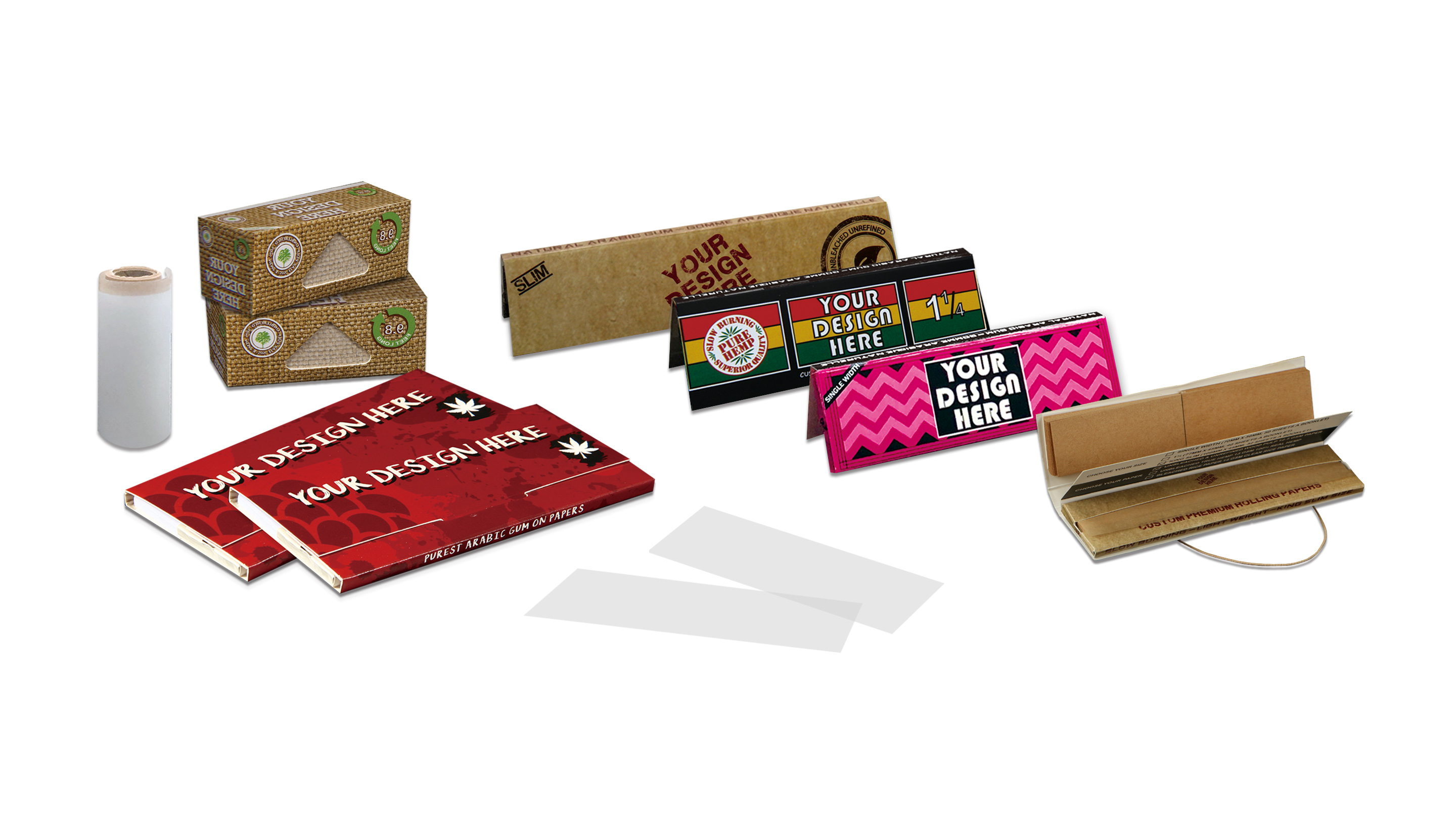
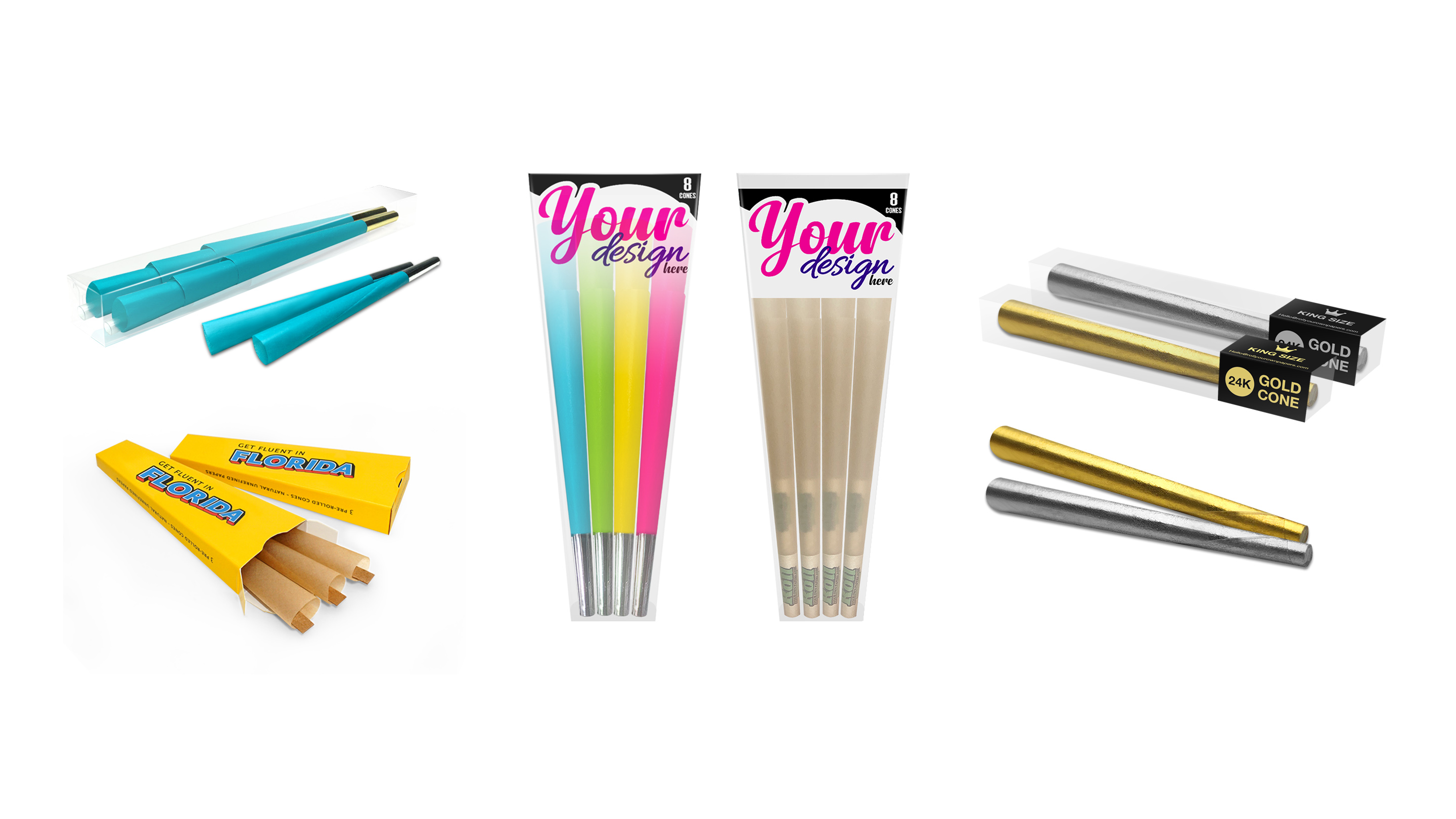
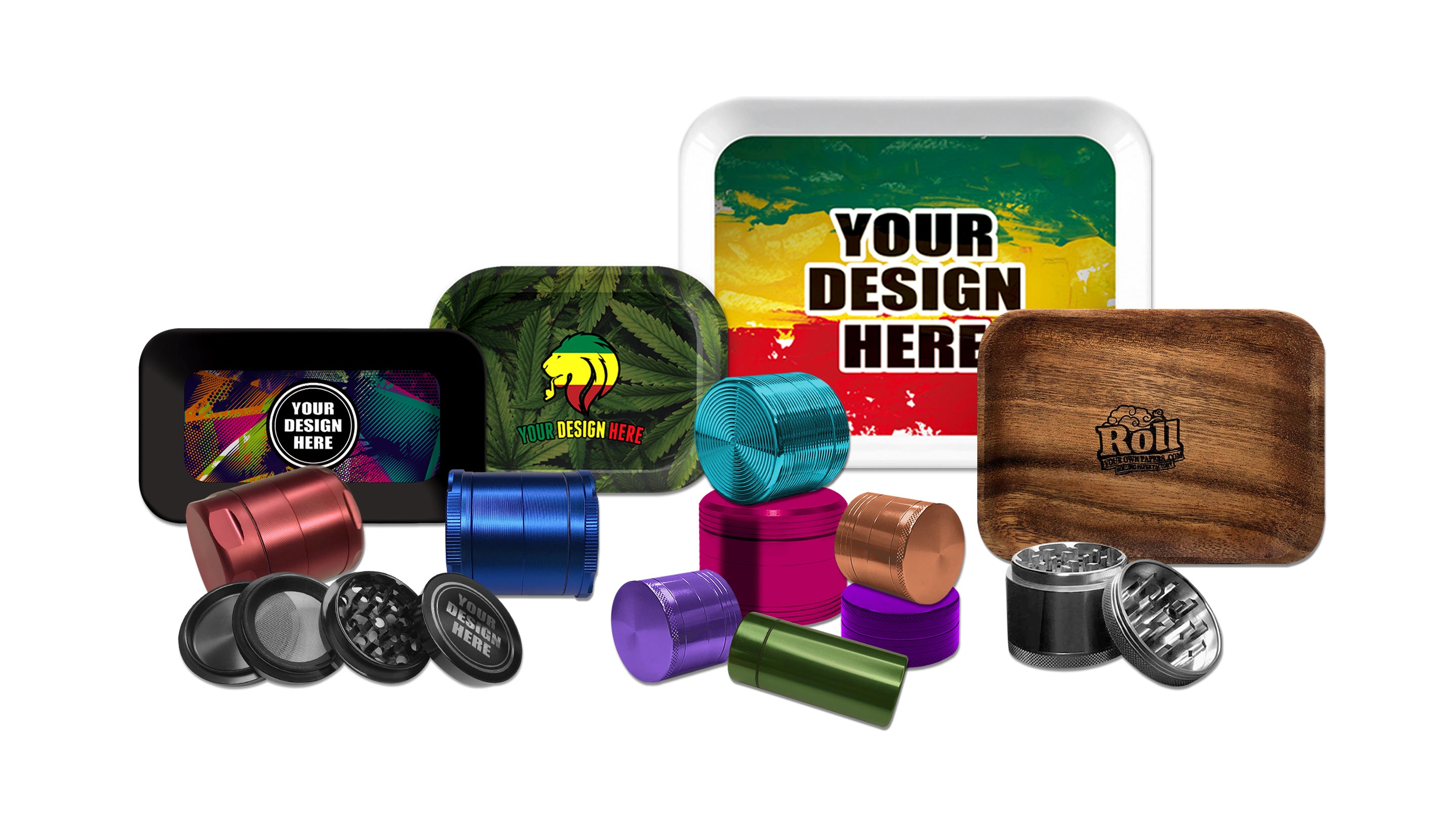
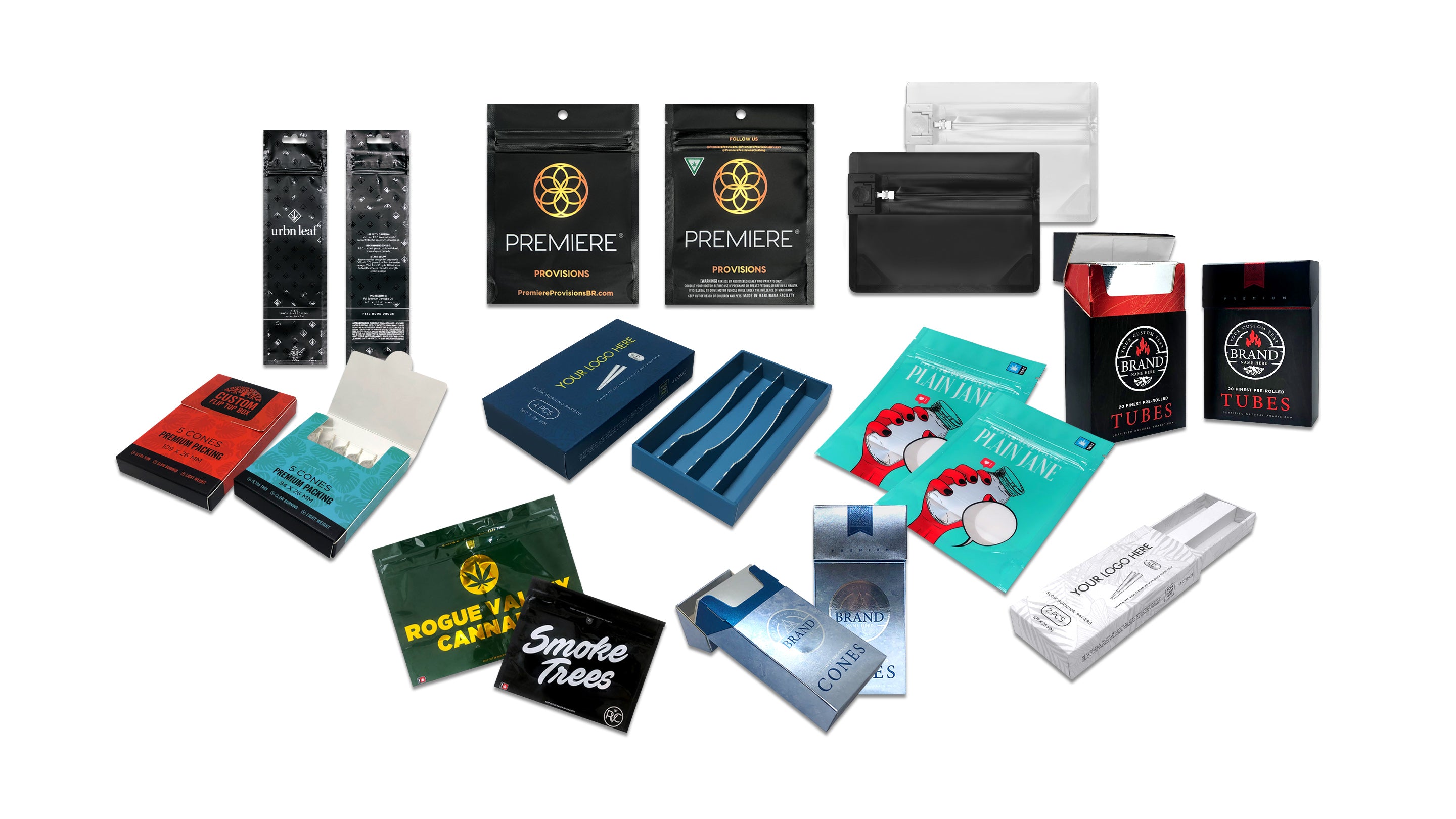
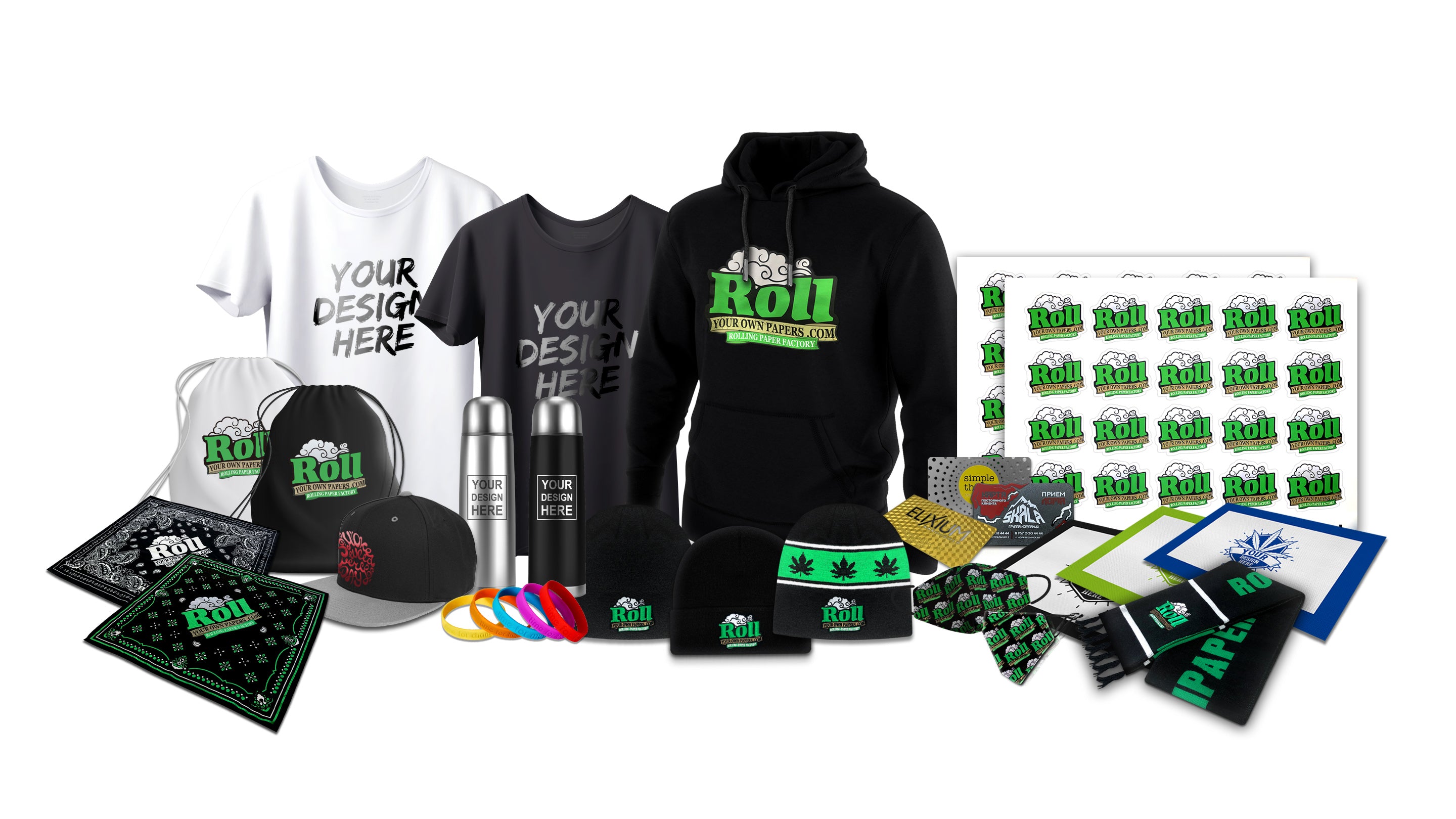
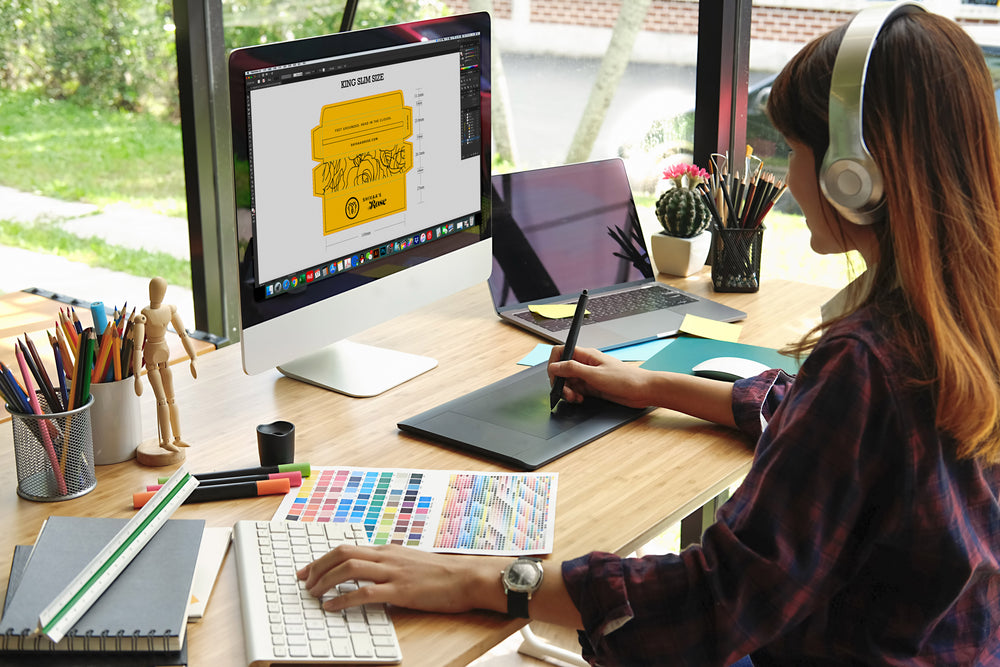






Leave a comment